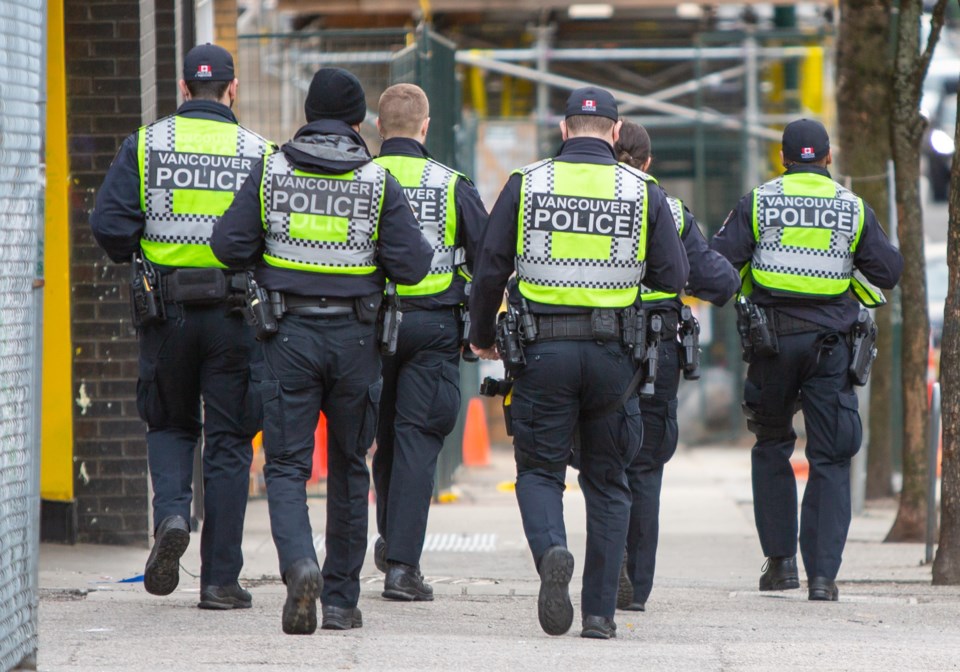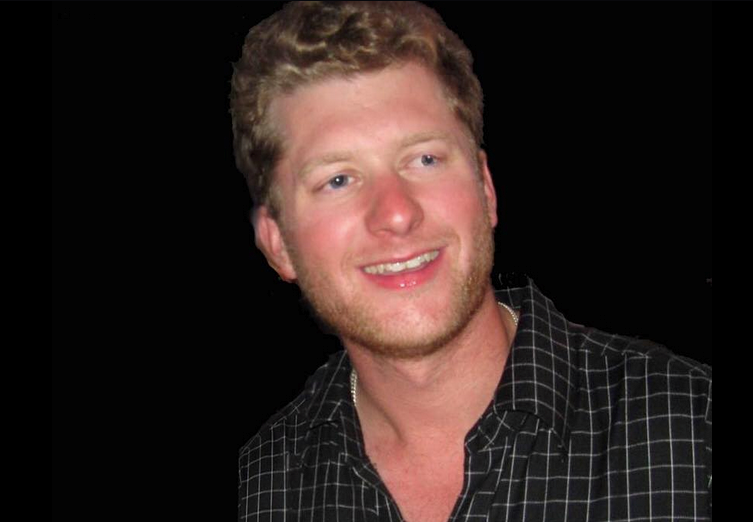The Vancouver Police Department says it will equip officers with body cameras and enhance its de-escalation training as recommended by a coroner’s jury into the death of Myles Gray, who died after an interaction with officers in August 2015.
Gray’s death was classified in May as a homicide by the jury, which recommended patrol officers begin to wear audio recording-capable cameras and that a review be conducted of the VPD’s de-escalation and containment training.
A report going before the Vancouver Police Board June 15 says a camera pilot program will be launched in the fall and run for approximately six months. The goal is to equip 100 officers in patrol and the traffic section of the department.
In December 2022, Vancouver city council approved $200,000 for the camera trial.
“Following the pilot project, the VPD will conduct a thorough assessment of the project to ensure compliance with standards and policies, establish best practices with regards to training, and develop a full deployment plan for [the cameras],” the report said.
“Once funding and infrastructure is fully secured, the VPD intends to implement [the cameras] throughout the frontline of the organization.”

'Reality-based training'
The report said the VPD has provided crisis intervention and de-escalation training to officers since 2012. The VPD has also delivered the training to VPD special municipal constables and newly hired experienced officers since 2013.
Additionally, the report said, provincially mandated three-hour online “refresher” training is offered to all frontline officers every three years as part of the re-certification requirement set out by a provincial standard.
“The VPD has further integrated [the training] principles into its cyclical use of force training and scenarios, which means officers are exposed to these principles during training multiple times each year,” said the report, noting the department’s force options training unit utilizes “reality based training” as part of use of force re-qualification and advanced training.
The report said the VPD has a “robust role player program” and utilizes department-trained role players, who act out specific scenarios based on scripts involving all components of the national use of force framework.
“The use of role players allows officers to reinforce the desired outcomes through realistic scenarios that are significantly more representative of the situations officers will experience within the field,” the report said.
Water hose
On Aug. 13, 2015, VPD officers responded to a 911 call for service related to 33-year-old Myles Gray spraying a member of the public with a water hose and threatening to physically attack her son.
When attempting to arrest Gray, he became physically violent with officers, according to the report, which said multiple officers were required to control and handcuff him. Once he was in custody, Gray lost consciousness and died.
Officers involved were not charged.
Police Chief Adam Palmer issued a public statement May 2, saying “we recognize that nothing can change the events that transpired the day Myles died, and no words can take away the pain and sorrow from his family.”
Palmer said he hoped the coroner’s inquest gave answers to family and friends that they have sought since Gray’s death.
“Myles’ death had a profound and lasting impact on everyone involved, and we extend our appreciation to those who participated in the coroner’s inquest,” the chief said.
“We thank the coroner’s jury for their thoughtful deliberations, as well as the civilian witnesses, police officers, other first responders and medical experts who waited nearly eight years to share their stories.”
'I don't think he would have died'
Forensic pathologist Dr. Matthew Orde, who performed an autopsy on Gray, testified at the inquest that Gray sustained multiple blunt force injuries to his face and body, including a fractured eye socket, voice box and nasal bone, along with ruptured testicles and bleeding in his brain.
"What we can say with some degree of certainty, based on the reported circumstances surrounding Mr. Gray's death, the autopsy findings and a careful analysis of the published literature, is I don't think he would have died when he did had it not been for the police interaction on that day," Orde told the inquest.
Gray’s mother, Margie, told the Coast Reporter in May that the family has pushed for at least six years for officers to wear cameras. While she is in favour of de-escalation, she said other people besides law enforcement should be involved in responding to mental health crises.
“We need to be treated like humans on the streets, every one of us,” she told the Reporter.
The police board meets June 15 at 1 p.m. at the VPD’s Cambie Street precinct to review the report. The meeting is expected to be livestreamed.
With files from Canadian Press




